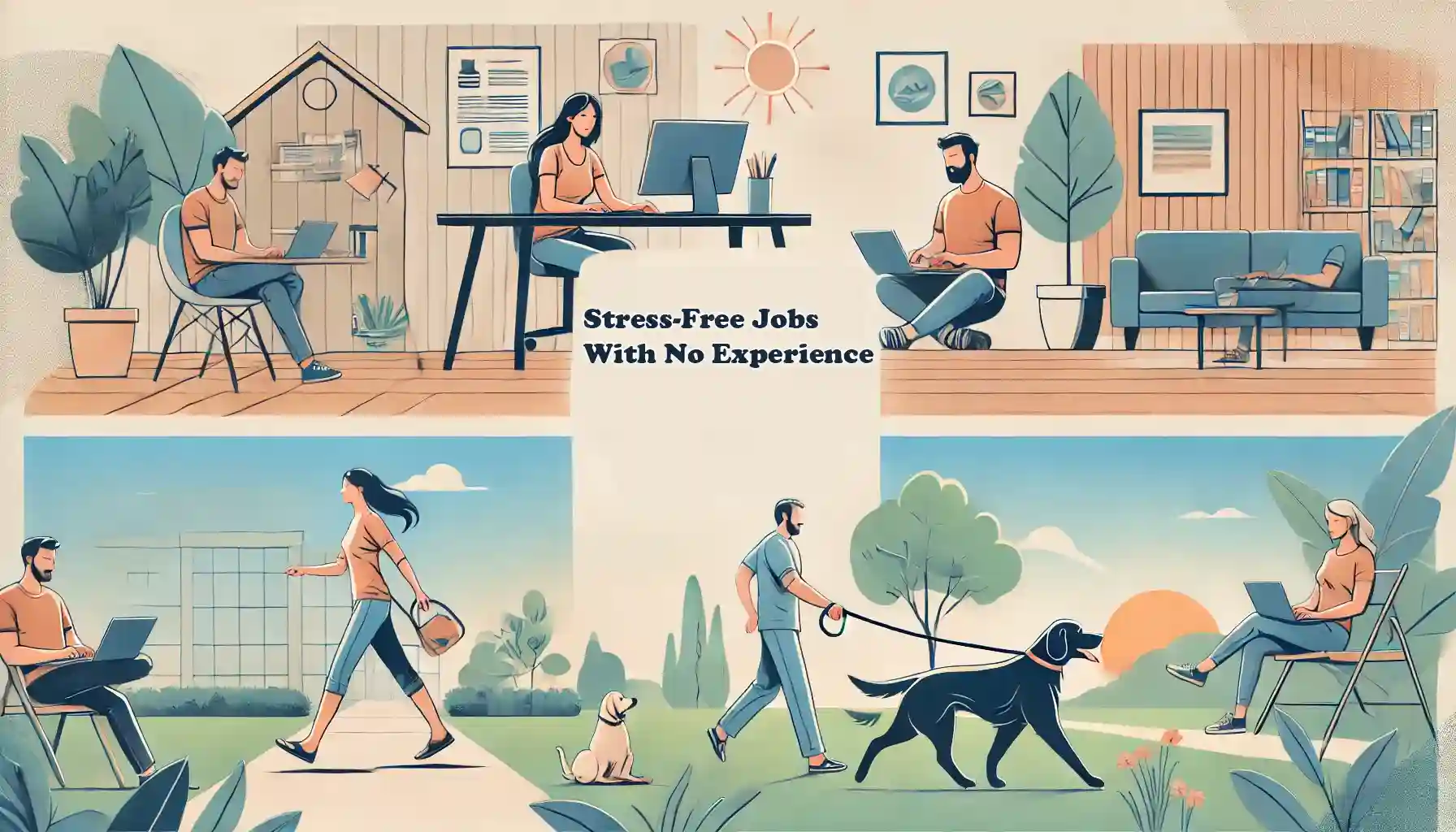
Understanding Our Visual Limits
Understanding the Anatomy of the Human Eye
The human eye is a complex structure comprised of many different parts that work together to allow us to see. To understand how far the human eye can see, it is essential to understand the role of each component.
The Cornea:
The clear outer layer of the eye helps to focus light as it enters the eye.
The Iris:
The iris controls the amount of light that enters the eye and adjusts the size of the pupil to regulate the amount of light that enters.
The Pupil:
The pupil changes size to allow more or less light into the eye.
The Lens:
The lens, located just behind the iris, helps to further focus the light onto the retina.
The Retina:
The retina is a layer of light-sensitive cells that convert light into electrical signals sent to the brain to be interpreted as images.
The Limits of Unassisted Sight Distance
So, just how far can the human eye see without the assistance of tools? On a clear day, the average human eye can see up to three miles without obstructions. However, this distance can be affected by factors such as air quality and weather conditions, as well as the presence of buildings or trees. A hazy day can reduce the distance that can be seen, causing objects to appear less clear.
Visual Acuity: The Sharpness and Clarity of Vision
Visual acuity refers to the sharpness and clarity of our vision. It is determined by our eyes’ number of visual receptors and the quality of optics. A healthy human eye typically has a visual acuity of 20/20, meaning that from 20 feet away, a person with 20/20 vision can see what should be seen from that distance. However, visual acuity decreases as the distance between the eye and the object being viewed increases, causing distant objects to appear less clear and less detailed.
The Impact of Aging on Visual Acuity
As we age, our visual acuity naturally decreases due to changes in our eyes’ lenses and a decrease in the number of visual receptors. One common age-related eye condition, presbyopia, is a decrease in the eye’s ability to focus on close objects. This condition can be corrected with glasses or contacts.
Can You Get Pink Eye From a Fart
Enhancing Visual Distance
While the limits of unassisted sight distance may be impacted by various factors, there are ways to enhance the visual distance of the human eye. Binoculars and telescopes use optics to magnify distant objects, making them appear closer and clearer. Binoculars typically magnify objects by a factor of 10, while telescopes can magnify objects hundreds or thousands of times.


